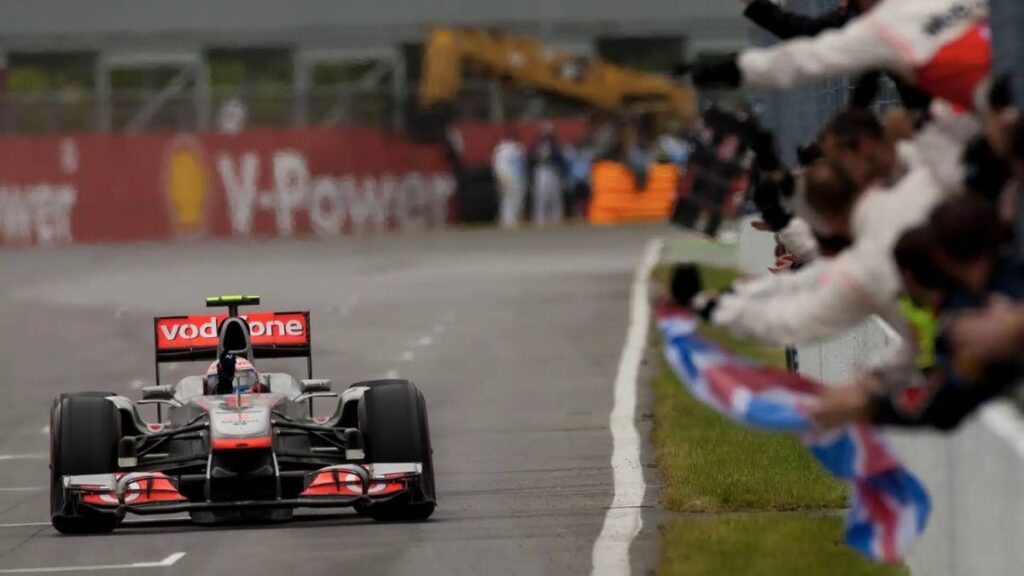How long is a Formula 1 race?

The 2022 Bahrain Formula 1 GP start
🔍 Explore this post with:
Formula 1 is the pinnacle of motorsport. Drivers set their sights on F1 from an early age, as they work towards becoming a Formula 1 world champion. The Sport’s calendar has been increasing in recent years with 2023 having a staggering 24 races. Thus, 24 times, when 20 of the best drivers in the world battle it out to stand at the top step of the podium. This begs the question, how long is a Formula 1 Grand Prix?
A Formula 1 race or Grand Prix has a minimum race distance of 305 kilometers or 190 miles. As such, the race is held for a set number of laps which would cover this set distance or race distance. The Monaco Grand Prix is an exception, with the race distance being only 260km. The time for the race leader to cover 300kms is usually around 80-100mins, for a race without any incidents or safety cars.
However, a Formula 1 race cannot go for longer than 2 hours in case of no-race suspensions. This limit is extended to 3 hours if the race was red-flagged. The sport’s governing body, the FIA sets a timer which starts at the moment the five red lights go out. Thus, when the timer reaches the two-hour mark or the three-hour mark (in case of red flags). The Grand Prix is brought to an end and points are awarded on the basis of the distance covered.
Why do Formula 1 races have a time limit?

F1 cars are beasts of machines. Formula 1 drivers deal with immense lateral G-forces while racing at over 300kmph. It is usual for drivers to face G-forces of up to 5-6 Gs during acceleration in high-speed corners. This puts the drivers on their limits, with racers losing at least 2-3kgs of weight in the two hours of a Grand Prix. Races such as the Singapore GP or the now erstwhile Malaysian GP were especially brutal on the drivers due to the hotter climate. As such, this great deal of physical exertion makes it impossible for drivers to continue for several hours.
Another factor for this time limit is fuel. F1 cars use a maximum of 110kg of fuel per race as per the rules. This allows the drivers to cover the required 305km distance. Drivers must cover the entire race with this fuel due to the ban on refuelling. However, any incidents or race suspensions can cause a problem. Thus, F1 races are bounded by time to ensure that the cars do not run out of fuel, or that the drivers do not get physically exhausted.
It was after the 2011 Canadian GP. which ran for four hours and four minutes, that F1 set a limit on F1 race durations. However, the limit at that time was of 4 hours. It was only in 2021, that the FIA amended the sporting regulations to restrict the races to a maximum duration of three hours. In 2022, the F1 commission amended the points structure for shortened races. Importantly, drivers receive full points only if the race has covered at least 75% of the 305km.
Millions of fans cherish the spectacle of a Formula 1 Grand Prix. But as we can see, no F1 race can go on indefinitely. The race distance allows drivers to deliver sustained peak performance while the cars can race with the set fuel load. Anything can happen in Formula 1, thus, there was a need for a time limit that helps to protect the drivers from exhaustion. Of course, we just hope that we never have to witness a race like the infamous 2021 Belgian GP.
Read More: The Formula 1 driver rankings excluding DNFs present a different perspective to the sport







